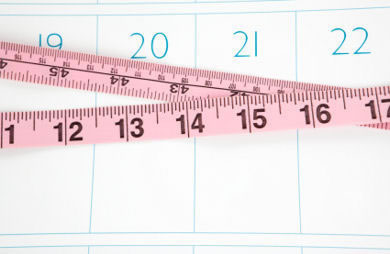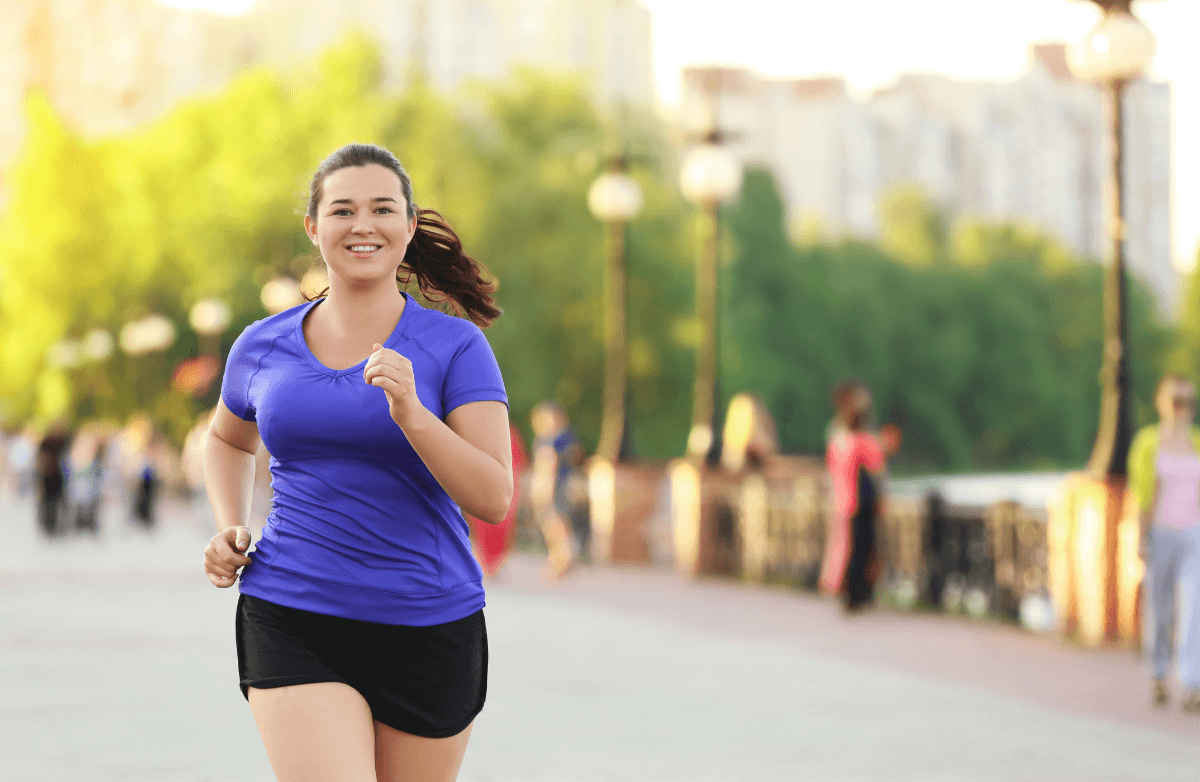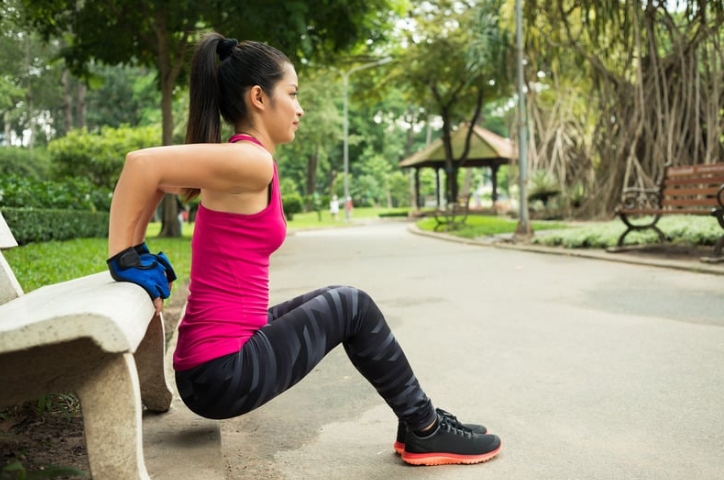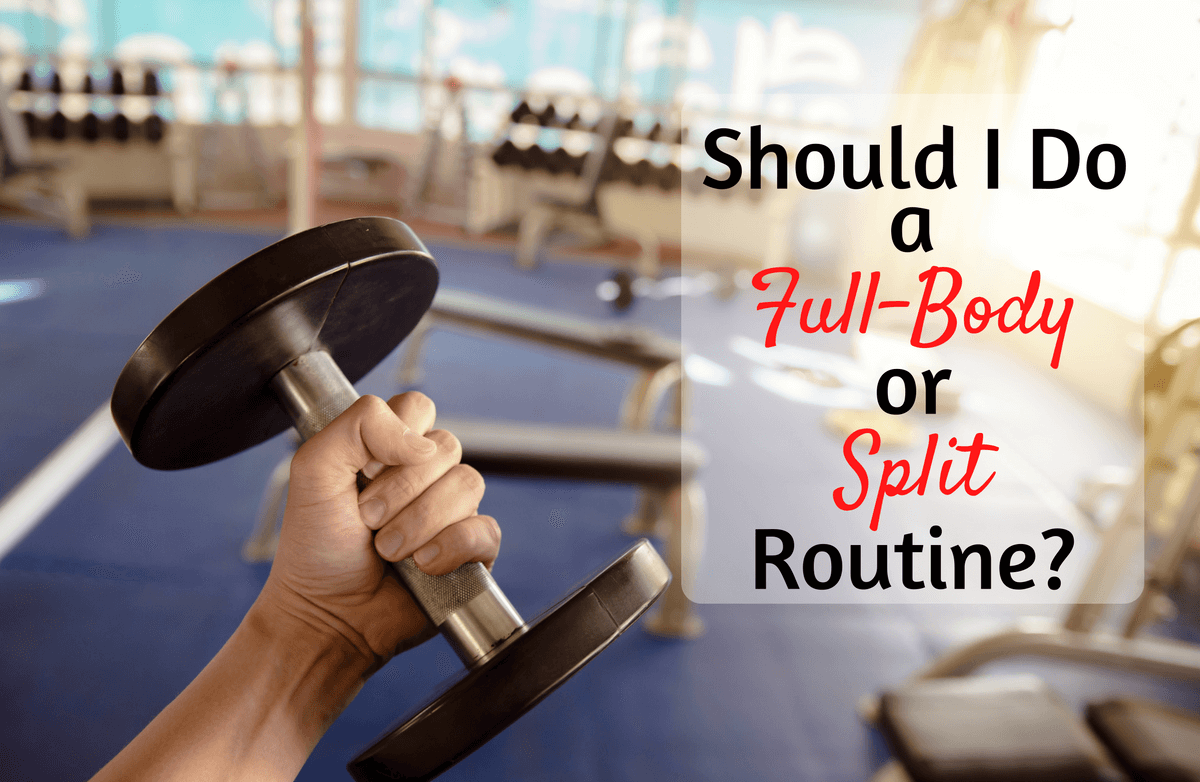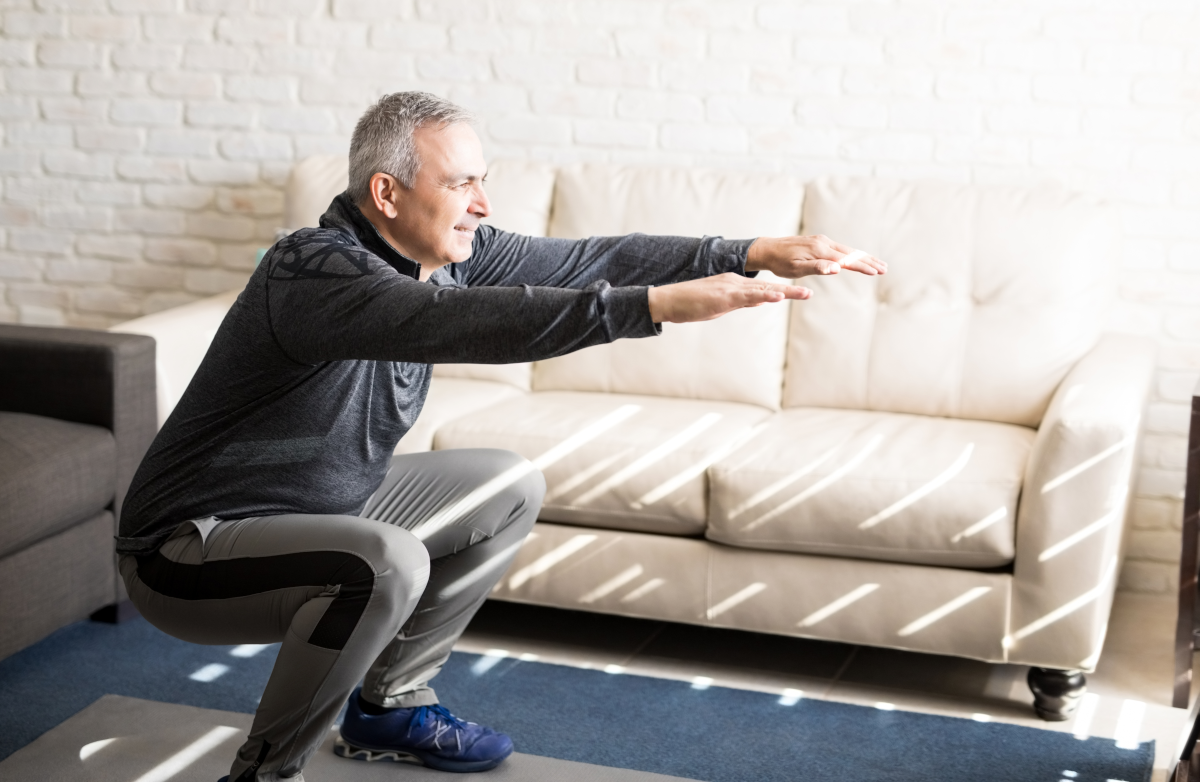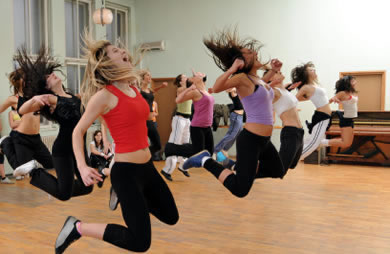Just 7.1 percent of Americans
"When it comes to evaluating new clients, I would guess that around 60 percent of the adults we work with have less than optimal hip mobility," says Mike Perry, a functional movement screen specialist and owner of Skill of Strength, a performance-based training facility in Massachusetts.
That lack of mobility may not result in direct hip
"Most people don't realize that their bodies will always take the path of least resistance. Most times they don't make the connection of how the hip can affect the pelvis, low back and knees and vice versa," Aaron Brooks, a biomechanics expert and the owner of Perfect Postures in Massachusetts, explains. When you have a hip issue, Brooks says, it can affect your pelvis' position—which can hurt your back or knee, not your hip directly.
Much of this hip dysfunction is caused by our lifestyles, Perry says. "If you sit all day and do not exercise, there's a pretty good chance you aren't going to move well," he says. But the issue can affect avid exercisers, too. Runners, he says, "[often] have tightness in the anterior hip, which limits hip extension. If your hip extension is limited in gait or running, the largest muscle in the body—the gluteus
If you feel tightness in your hips, or if you're feeling less mobile in that joint than in the past, it may pay to see a qualified coach or physical therapist who can help you increase your mobility, comfort, and, if you're a runner, your performance. In the meantime, here are five exercises that tight-hipped folks should avoid—and five to try instead.
Tips for Healthier Hips
Exercise to avoid: Sitting all dayYou may not think
"The muscles adapt to the positions which ultimately affect the function of the hips," Brooks says. That is, your hips will adapt as if the seated position is the default position, which can cause not just hip tightness, but pull on your low back and hamstrings when you're standing. "[Even] worse is if the knees are higher than the hips in a sitting position. There is a greater compression of the hip joint, and that increases shortening of the hip flexors."
This is just one way your chair may be impacting your health. According to the American Heart Association, the average American under age 60 spends six to eight hours per day sitting, and that increases the risk of heart disease and early death. So get up out of your chair! Take a walk at lunch, do conference calls on your feet and go talk to a coworker in person rather than via email. And when you do sit back down, adjust your seat so that your hips are even with or higher than your knees.
Exercise to do instead: Glute bridge with
No, you probably can't work on your laptop while lying on your back, but besides getting out of your chair, Brooks also recommends performing a
To perform this exercise, wrap a mini exercise band around your legs just above the knees. Lie on your back with your knees bent and feet flat on the floor. Keeping your feet completely flat on the floor, squeeze your glutes to slowly raise your hips off the floor until your body forms a straight line from your knees to your shoulders. As you're lifting up, the band above your knees will try to pull your knees together; fight to keep them apart so that your thighs stay parallel. This resistance will engage your hip musculature. Pause for a second at the top of the exercise, then slowly return to the start position.
Perform two to three sets of five to eight reps before your next leg workout
Exercise to avoid: Deep squats (if they hurt)
You may have read online that if you don't squat deep, you're wasting your workout. In
"People should always work within the ranges of no pain. Pain or limitations in ranges of motion should be avoided," Brooks says. "If someone can't squat, lunge or
With squats specifically, "if you do not have adequate hip mobility and ideal technique, you can run into issues. The biggest issue we see is the pelvis moving into the posterior, or what people call a 'butt wink,'" Perry says. "The hips run out of space and something else has to move to complete the movement. In this case, it's the low back."
Your body, Perry says, is incredible at compensating, and it often compensates for a lack of mobility in one area by "throwing another part of the body under the bus." And if that part is your low back, it's not worth squatting deeper than you're able to just because you're "supposed to" squat that deep. If your hips don't have the mobility to perform the exercise in that way, don't
Exercise to do instead: Assisted squat
If your gym has a suspension trainer, like a TRX, try using it to perform the squat pattern safely, Perry suggests. To perform this move, stand with feet hip-width apart, the suspension trainer anchored and elevated in front of you. Grab the handles so your arms are bent and the straps are not completely taut. Keeping your hands in roughly this position, push your hips back to lower your body, keeping your weight in your heels. As you squat, your arms will extend out in front of you, the straps tightening and offering support as you descend. Try to descend until your thighs are at least parallel to the floor. Press through your heels to stand back up. Start with five to eight reps.
No suspension trainer available? You can reduce the hip impingement from a normal squat with an inch-thick lift under your heels, Brooks says. In most gyms, a 2.5-pound plate will do the trick. If you're squatting at home, try using small books or a scrap piece of wood. With the
Exercise to avoid: Leg press
If you
"What people should watch for if they suffer from hip issues is too much anterior dominant exercise, meaning exercises that cause hip compression and increase shortening of the hip flexors and quadriceps," he says. The leg press involves serious hip compression—it's a weighted version of sitting to the extreme. For someone with existing hip issues, Brooks says this isn't the ideal exercise. "Instead, they should focus on lengthening the anterior muscles (at least initially when they work out), and then strengthen the posterior chain such as the gluteus
Exercise to do instead: Bird dog
The bird dog exercise lengthens the front of your hips, strengthens the posterior chain—the back of your leg—and helps you learn to better stabilize your core, another key, Brooks says, to undo the hip damage of sitting.
To perform this bodyweight move, assume a tabletop position, with your hands directly beneath your shoulders and your knees directly beneath your hips. Your back should be flat with the core drawn in. Maintaining this posture and keeping your chest and hips parallel to the floor, raise your right arm off the ground and forward until it is in line with your ear, while simultaneously lifting your left leg off the ground and back until it is straight and parallel with the ground. In this position, you'll be in a "half flying" position like Superman, with one arm straight out and one leg straight back. Simultaneously return this arm and leg to the start position, and then repeat with the opposite arm and leg.
Try doing this move for five reps on each side to start, focusing on keeping your hips level and torso parallel to the floor throughout the movement. Perform the exercise a few times per day, increasing your repetitions as you improve
Exercise to avoid: Kettlebell swing
When someone's movement is compromised, as in the case of tight hips, Perry says that ballistic moves—where the body moves forcefully to rapidly move a weight from the ground or into the air—should be avoided. That includes Olympic lifts like the clean and snatch, as well as the
It's also a favorite in Perry's gym, Skill of Strength, but not until members have "earned" the move. The idea behind this philosophy is that "there are appropriate and smart progressions" to using these exercises. Skipping those progressions and diving right into
Exercise to do instead: Deadlift with elevated load
When Perry teaches a client to
"This shortens the range of motion, and demands less [hip] mobility to start," he says. When the load is on the ground, you require your body to bend all the way forward, a position that requires the most hip mobility in the entire range of motion. By elevating the weight, "we are still patterning the
Perry starts with the weight on a six-inch block, like a yoga block. You can also stack the
To perform this move, stand with your feet shoulder-width apart, the weight between your legs and elevated on a block or another dumbbell. If you're using a dumbbell, plan to grip either side of the dumbbell so the weight hangs vertically throughout the exercise. Bend your knees slightly and push your hips back to initiate the movement, maintaining a flat back. Keep pushing your hips back so that your chest pushes towards the floor until you can grab the weight with outstretched arms. Squeeze your butt and push your hips forward as you unbend your knees and stand up, slightly pushing your hips toward the weight at the top of the motion. Start with one set of five reps.
Exercise to avoid: Crunches
While improving core strength is important to counteract days and days of sitting, exercises such as crunches—like the leg press—involve hip compression, which further shortens the muscles in the front of your hips and contributes to hip tightness, Brooks says. The type of core strength you're after, he says, is trunk stabilization, or the ability to brace your core and hold your spine and trunk in place.
Exercise to do instead: Plank
One such trunk-stabilizing move is the tried-and-true plank. To increase the degree of difficulty, make it active rather than passive—as you hold the position, flex your legs, draw in your core and grip the ground forcefully with your hands.
To perform this move, assume the classic pushup position, either on your forearms or with your palms on the mat. Your elbows should be directly beneath your shoulders, with your body forming a straight line from head to heels. Maintain this rigid body line and activate as described above, flexing your legs, drawing
Hip pain does not have to be part of your exercise routine. Add these smart exercise swaps to your next workout routine and you'll discover that pain-free is the way to be.




